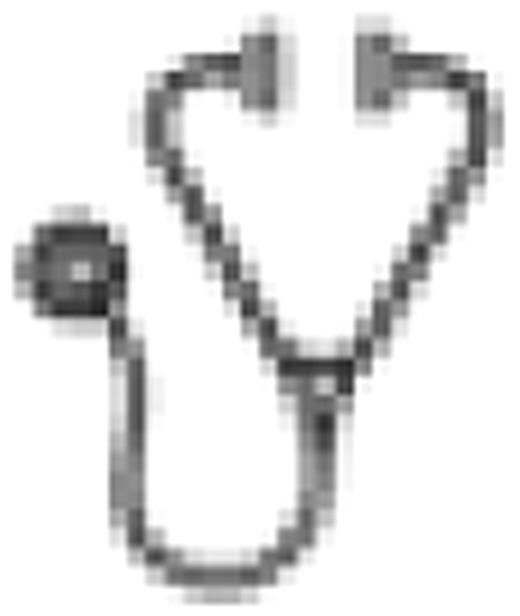Abstract
PNH is a hematological disorder characterized by complement (C)-mediated intravascular hemolysis (IVH) due to a lack of C inhibitors CD55 and CD59 on affected red blood cells (RBCs). Normal, spontaneous activation of the CAP, when uncontrolled by CD55, leads to deposition of C3 on PNH RBCs, generation of C3 and C5 convertases and, due to lack of CD59, to formation of the membrane attack complex (MAC) and lysis. The Ham acid hemolysis test is a diagnostic method to assess, in vitro, the increased susceptibility of PNH RBCs to IVH upon C activation after a brief incubation in acidified serum. We developed a Ham test modified to delay hemolysis and allow serial evaluations to assess the effects of various C regulators on hemolysis of PNH RBCs, as well as on the initial C3 activation and deposition through the CAP. Hemolysis was measured by classical spectrometry of the supernatant and also quantified by flow cytometry of RBCs (Ferreira and Pangburn, Blood 2007). C3-bound RBCs have been shown to develop during eculizumab (Ecu) treatment in PNH and are a possible cause of extravascular hemolysis (EVH) in these patients (Risitano et al, Blood 2009); in this modified Ham test, C3 deposition was quantified by double color flow cytometry. Two C inhibitors were evaluated: the marketed anti-C5 mAb Ecu, and TT30. TT30 is a 65 kDa recombinant chimeric human fusion protein consisting of the iC3b/C3d-binding region of C receptor 2 and the functional domains of the CAP regulator factor H (fH), which acts like CD55 to block CAP C3 convertase formation and activity on the surface of RBCs. RBCs were obtained from 5 PNH patients (2 untreated and 3 on Ecu); sera were obtained from the same patients and from ABO-matched healthy subjects. Sera from PNH patients on Ecu were collected immediately after Ecu infusion, at an estimated peak concentration of ∼200 μg/mL. In this modified Ham test, we observed delayed lysis of RBCs that originated from untreated PNH patients; lysis was partial after 1h (50-70%), and became almost complete at 72h. We expressed results as survival of initial PNH RBCs: after 1, 6, 24 and 72h, survival was ∼65, 40, 20 and <10%, respectively. Hemolysis was observed at the same rate in PNH RBCs from patients receiving Ecu, when they were incubated with ABO-matched sera. Both Ecu and TT30 were able to significantly inhibit hemolysis of RBCs from untreated PNH patients. High concentrations of Ecu (i.e., peak concentration) resulted in inhibition of hemolysis of PNH RBCs in vitro. However, inhibition of hemolysis by Ecu was only partial (surviving PNH RBCs were ∼70, 65, 55 and 40% at 1, 6, 24 and 72h, respectively). TT30 demonstrated concentration and time dependent inhibition of hemolysis. TT30 concentrations of 3-100nM (1000nM = 65 μg/ml) did not improve PNH RBC survival even at 1h. In contrast, 300nM TT30 resulted in an inhibition similar to that of Ecu (surviving PNH RBCs ∼70%) at 1h, which was not sustained longer (surviving PNH RBCs were ∼50 and 20% at 6 and 24h). Higher concentration of TT30 (3000nM, equal to 195 μg/mL) resulted in complete inhibition of hemolysis as long as at 24h, though hemolysis was evident with longer incubation (surviving PNH RBCs were ∼90, 90, 90 and 50% at 1, 6, 24 and 72h, respectively). When washed RBCs from PNH patients on Ecu were utilized, both Ecu and TT30 resulted in inhibition of hemolysis as on untreated PNH RBCs. Finally, we employed our modified Ham test to investigate the effect of C inhibitors on C3 activation and deposition on PNH RBCs. Ecu resulted in significant deposition of C3 on the majority of surviving PNH RBCs, with C3+ PNH RBCs becoming readily evident during in vitro incubation. In contrast, consistent with the mechanism of local RBC surface inhibition of C3 convertase activity, TT30 exposition did not result in any C3 deposition on PNH RBCs, throughout a 120h incubation. In addition, when PNH RBCs from PNH patients on Ecu were utilized, TT30 did not allow further C3 binding on PNH RBCs, even if pre-existing C3+ RBCs remained unchanged. In conclusion, we have developed a “modified Ham test” to assess in vitro the efficacy of C inhibitors on PNH RBCs. Our data show that both inhibition of C5 with Ecu and modulation of the CAP using TT30 inhibit hemolysis of PNH RBCs in vitro; however, unlike Ecu, TT30 also inhibits the C3 activation and deposition on surviving PNH RBCs. These findings provide the rationale for a potential new mechanism for treating both IVH and EVH associated with PNH by targeting and inhibiting the CAP.
Risitano:Taligen Therapeutics: Consultancy, Research Funding. Holers:Taligen Therapeutics: Employment.

This icon denotes an abstract that is clinically relevant.
Author notes
Asterisk with author names denotes non-ASH members.

This feature is available to Subscribers Only
Sign In or Create an Account Close Modal